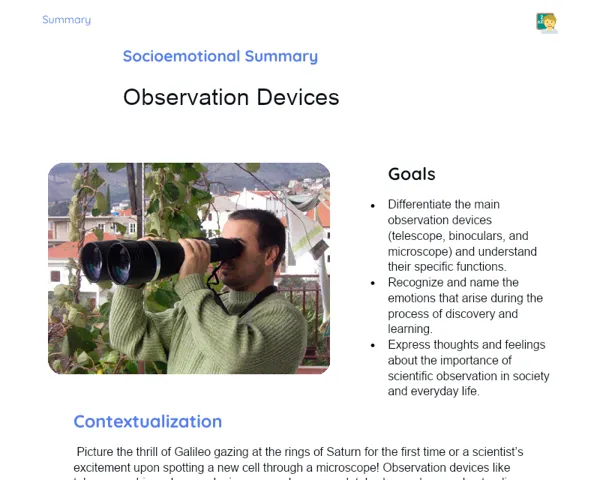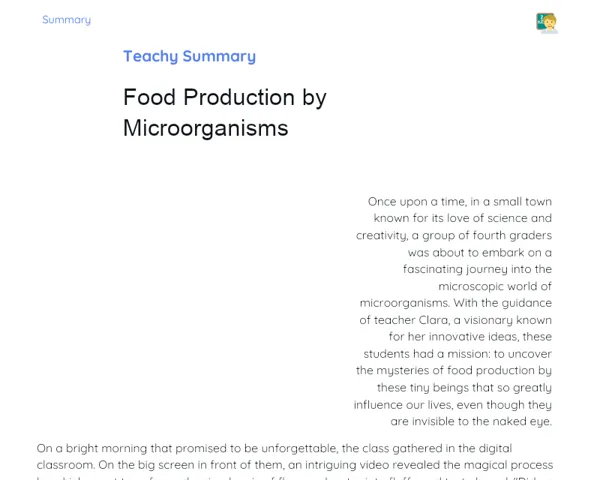Objectives
1. 📖 Understand the core differences between covalent and ionic bonds, pinpointing their characteristics and properties.
2. 📖 Identify and differentiate between compounds that form ionic bonds, like NaCl, and those that form covalent bonds, such as water.
3. 📖 Use your knowledge to tackle real-life problems and highlight everyday applications of chemical bonds.
Contextualization
Did you know that chemical bonds aren't just theoretical ideas, but the forces that shape our environment? For instance, the contrast between a diamond and a simple pencil lies in how carbon atoms are bonded together: in a diamond, the atoms are interlinked in a solid, three-dimensional network, whereas in graphite (the material in our pencils), they're arranged in layers that can slide over one another. This is just one illustration of how chemical bonds influence the material properties we encounter in our daily lives.
Important Topics
Ionic Bonds
Ionic bonds form between atoms of elements that have markedly different electronegativities, causing electrons to be completely transferred from one atom to another. This results in the formation of positively and negatively charged ions that attract each other, thus creating a robust bond. A prime example is sodium chloride (NaCl), where sodium gives up an electron to chlorine.
-
Difference in Electronegativity: This is crucial for the formation of ionic bonds, where one atom donates an electron to another atom with higher electronegativity.
-
Formation of Ions: The rearrangement of electrons leads to the creation of positively charged ions (cations) and negatively charged ions (anions), which are drawn to each other and create a crystalline structure.
-
Properties of Ionic Compounds: Ionic compounds usually have high melting and boiling points, and they dissolve in water due to the attractions between oppositely charged ions.
Covalent Bonds
Covalent bonds arise when two atoms share one or more pairs of electrons. This type of bond is common among nonmetal atoms with similar electronegativities, allowing them to achieve a stable electron configuration. A classic example is the water molecule (H2O), where hydrogen and oxygen atoms share electrons.
-
Electron Sharing: Atoms share electrons to fill their valence shells, which provides more stability than gaining or losing electrons.
-
Types of Covalent Bonds: These can be single, double, or triple, depending on how many pairs of electrons are shared.
-
Polarity and Properties: The polarity of covalent bonds affects properties like solubility and melting point, key factors in understanding the chemistry of organic compounds.
Molecular Modeling
Molecular modeling is an essential tool for visualizing and understanding chemical bonds. Using three-dimensional models, learners can visualize how atoms are arranged in a molecule and comprehend how electrons are shared or transferred, aiding in the grasp of the properties of compounds and their bonds.
-
Structure Visualization: Essential for understanding how molecular shapes influence the physical and chemical properties of compounds.
-
Educational Applications: A valuable resource for educators and learners, making abstract concepts more tangible.
-
Computational Simulations: Alongside physical models, computer simulations play a vital role in contemporary chemical education.
Key Terms
-
Ionic Bonds: Chemical bonds formed through the complete transfer of electrons from one atom to another, resulting in positive and negative ions.
-
Covalent Bonds: Bonds where atoms share one or more pairs of electrons, common in nonmetal elements.
-
Electronegativity: An atom's ability to attract electrons in a chemical bond, which is crucial for determining the type of bond formed.
For Reflection
-
How can an understanding of covalent and ionic bonds assist in the development of new materials with specific properties?
-
Why is it crucial for a science student to grasp the differences between ionic and covalent bonds?
-
How do chemical bonds affect the properties and functions of everyday substances, such as medicines and food?
Important Conclusions
-
We explored the fundamental differences between ionic and covalent bonds, emphasizing how the transfer or sharing of electrons influences ion formation and molecular stability.
-
We established that the properties of compounds, such as melting point, solubility, and conductivity, are directly impacted by the type of chemical bond presented.
-
We examined the real-world applications of this knowledge, ranging from medicine to materials engineering, demonstrating how chemical bonds lay the groundwork for numerous technological and scientific developments.
To Exercise Knowledge
- Create a visual diagram illustrating the formation of both ionic and covalent bonds, including the transfer or sharing of electrons. 2. Research and present examples of ionic and covalent compounds found in daily products, explaining how their chemical bonds influence their properties. 3. Conduct a straightforward experiment at home to test the conductivity of various substances and interpret the results based on the types of bonds involved.
Challenge
Chemical Detective Challenge: Using information about a product from your daily life, like a medication or food item, try to identify the types of chemical bonds present in its components and how these bonds impact its effectiveness or taste.
Study Tips
-
Utilize molecular modelling apps to visualize and manipulate the structures of compounds, reinforcing your understanding of chemical bonds.
-
Create mind maps to organize and link concepts of ionic and covalent bonds with practical examples to aid retention and revision.
-
Engage in discussions with friends or family about the chemical bonds around you, such as in cooking (e.g., salt and sugar) or in electronics (like batteries), to apply your knowledge in everyday contexts.


